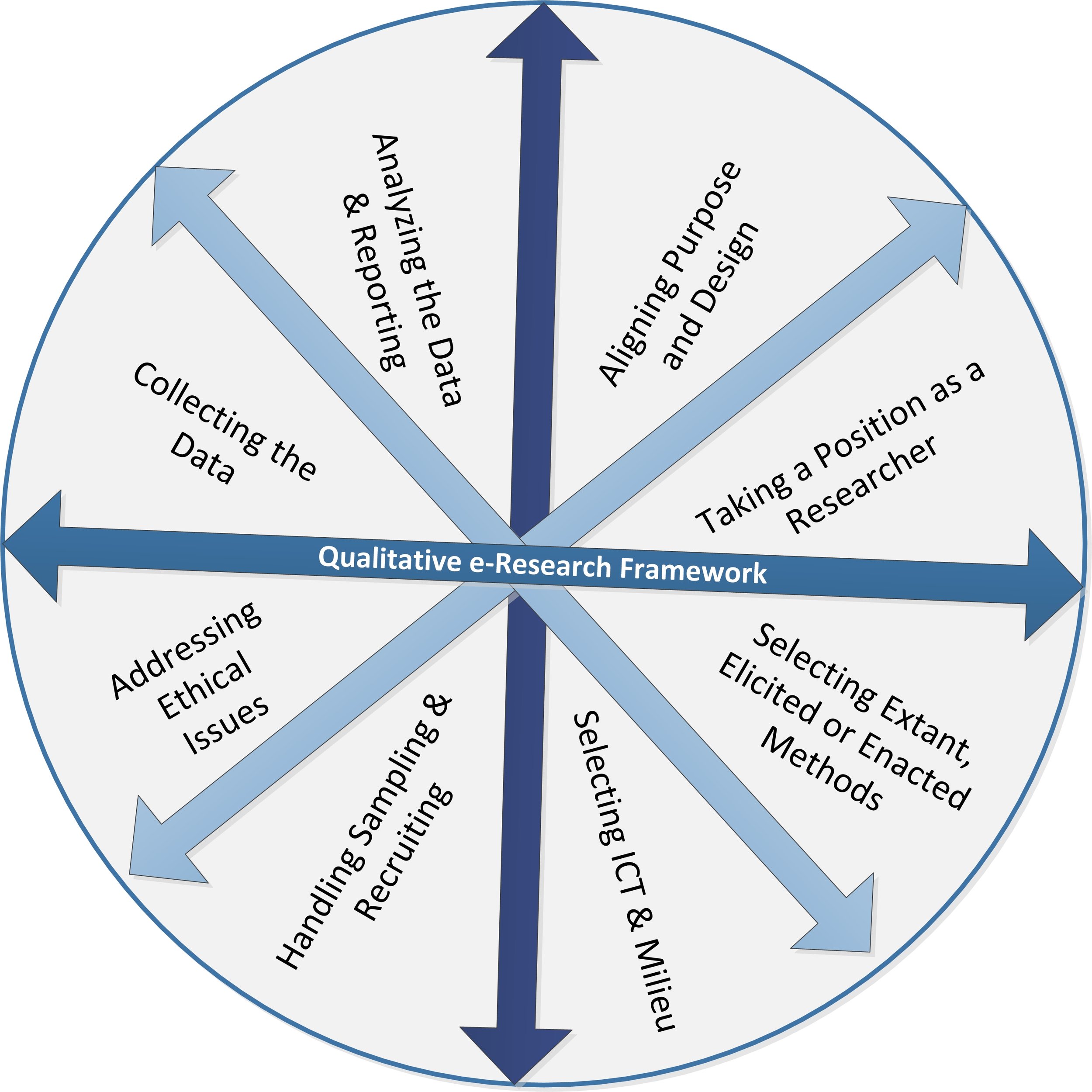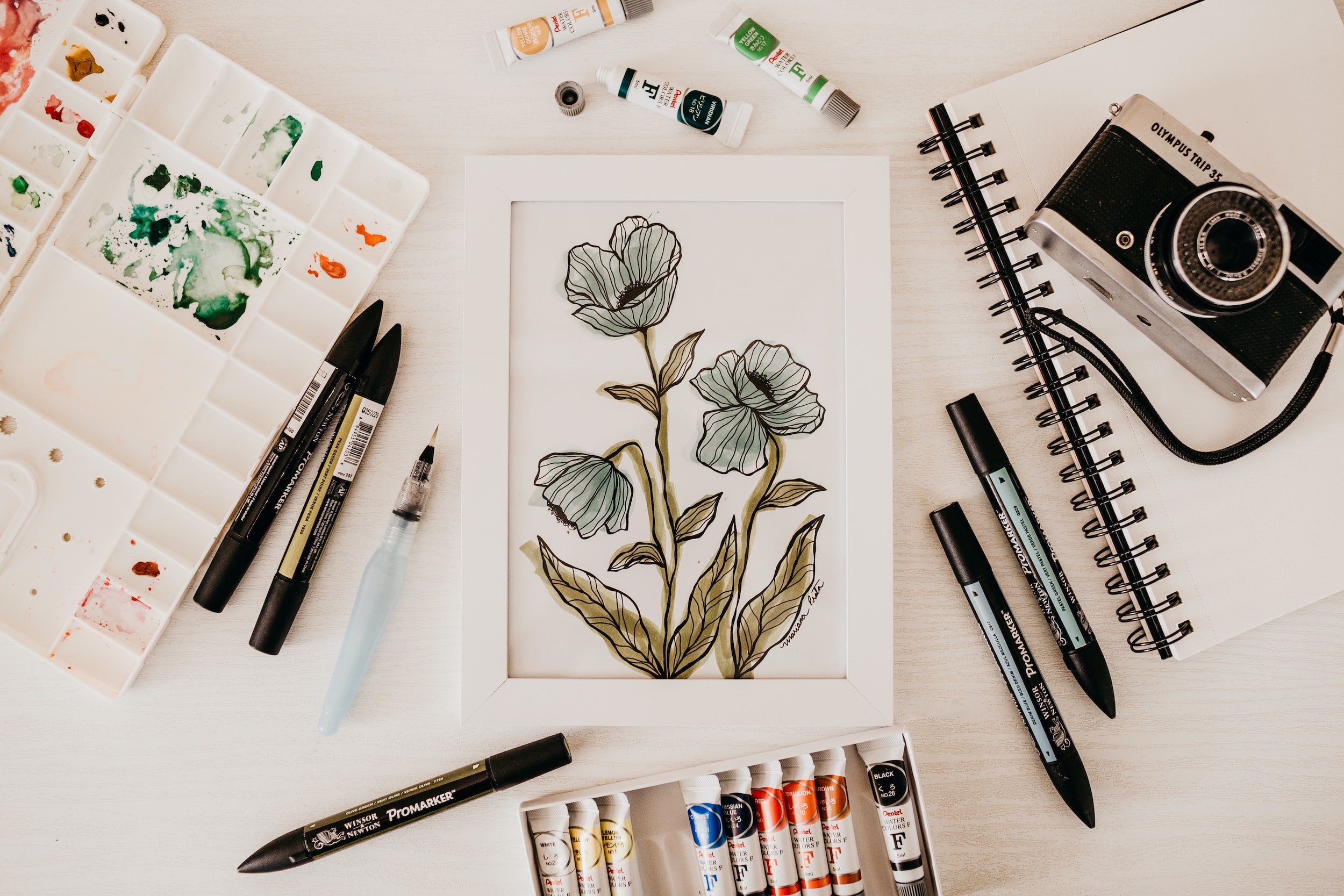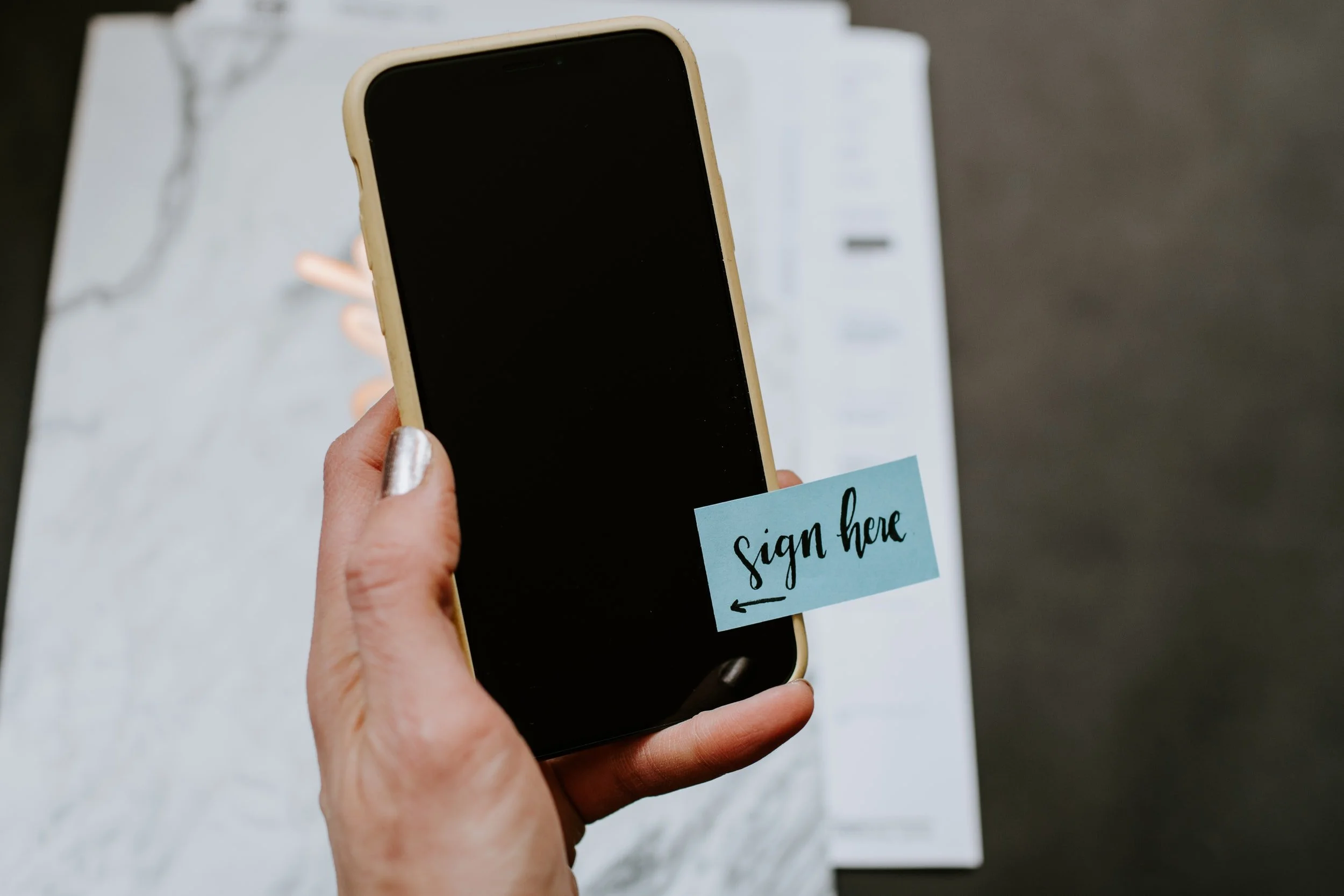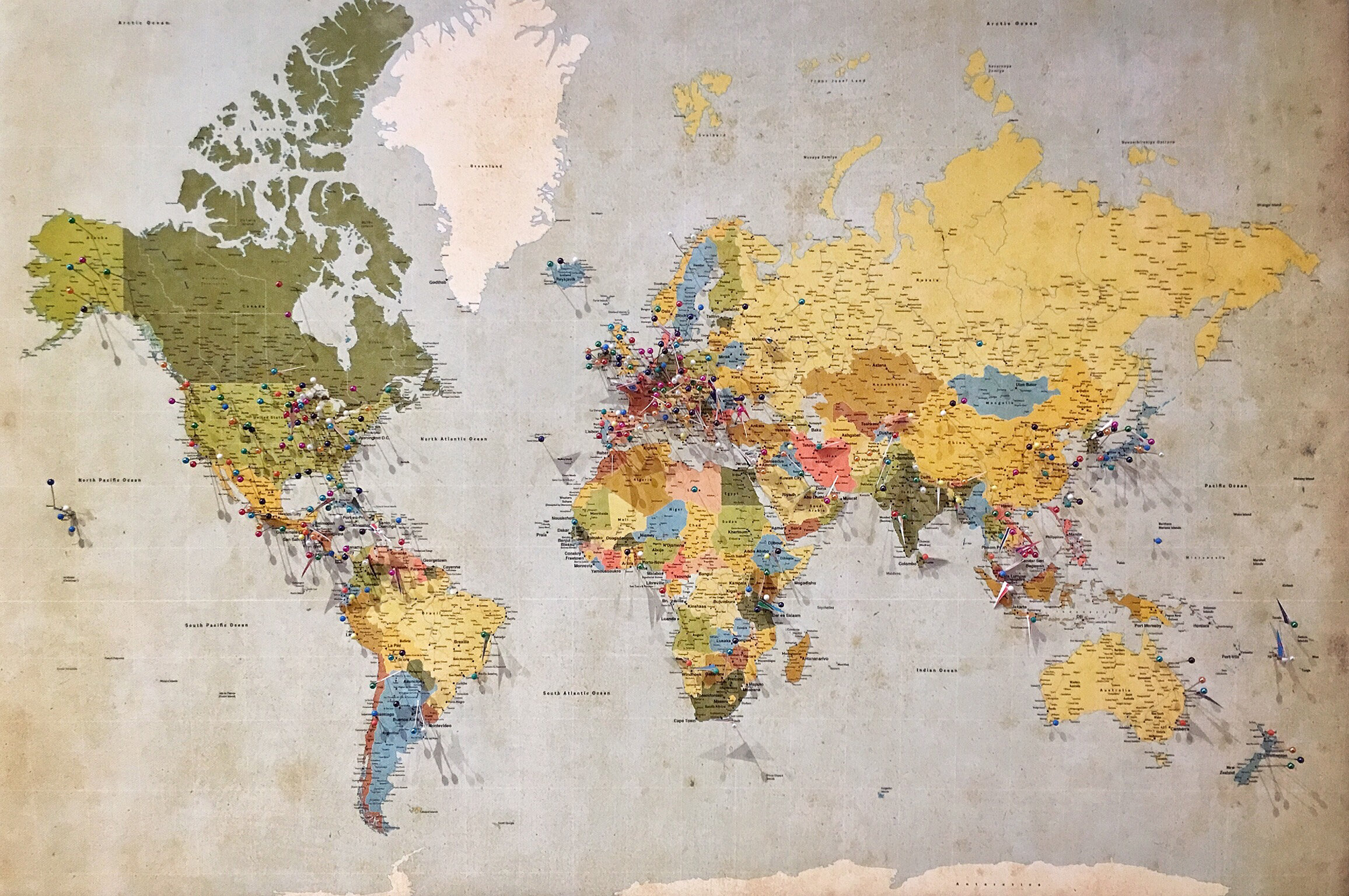Teaching Research Ethics Creatively
by Catherine Dawson
Dr. Dawson is the author of 100 Activities for Teaching Research Ethics and Integrity, 100 Activities for Teaching Study Skills, and 100 Activities for Teaching Research Methods. With the code MSPACEQ322 you receive a 20% discount when you order the book from SAGE. Valid through September 30.
Teaching research ethics doesn’t have to be serious and heavy. Be creative! Here are some ideas.
Storytelling
What do beings from another world, insects dressed in pink tutus and invisible mythical creatures have in common?
They are all subjects of stories told by students during a research ethics course. The subject of this particular session was overcoming problems with weak, restricted, non-existent or invisible data systems.
The beings from another world expressed surprise at data inequality on planet earth: who has access to data, who controls data and who benefits.
Insects in tutus were incredibly busy, valuable members of their society: they wore pink tutus to make themselves more visible and to feel as one with the community. Everyone was important and everyone was visible in their pink tutu.
Mythical creatures were sad and lonely: no one cared about them, no one took notice of them. They had become invisible to society: gradually they faded into obscurity and the benefits they brought were lost for good.
Students enjoyed this session. Some stories were funny, others poignant. All were memorable. However, we must recognise that not all students feel comfortable telling a story. Therefore, we can design sessions as a group activity. This enables students to choose who tells the story and who works on other aspects (the idea, research, story development and sourcing equipment and props, for example).
Producing a story in a group can help students to understand others, aid collaborative learning, enhance group cohesion and increase learning among group members. Students are able to pool strengths and bounce ideas off each other.
Collage production
‘What on earth on you talking about?’ ‘We’re not children.’ ‘That’s soooo old-fashioned.’
These were some of the reactions from students who were asked to create a paper collage in a session on creating social change through research practice. Students initially expressed surprise at channelling their inner child, but enthusiasm for the project built quickly. Groups of students approached the task in different ways:
Some took time to think about what is meant by social change, discussing why it is desirable and how it can be achieved, before assessing how research practice might bring this about.
Some found examples of research projects that have brought about social change, obtaining items for their collage that represented outcomes such as economic progress and societal benefits.
Some focused on the research process itself, illustrating how reading about research or taking part in research can change public perceptions, actions and behaviour.
Some considered specific groups, cultures or organizations and illustrated how their lives have been transformed for the better through research.
Some concentrated on particular methodologies that help to initiate social change (participatory visual methods or action research, for example).
Imagining the future
‘Is that really relevant to us? I’m not a writer or an academic and I have no desire to be.’
This was the response from one student who was told the next session was to be on publication bias. This is an important ethical consideration for students, even if they think that this is not the case. However, publication bias can seem rather dull and far-removed from the experiences and aspirations of some students. This can be overcome by asking students to imagine a future world in which publication bias is rampant and out of control:
What would this world look like?
What would be the consequences for researchers, stakeholders, the wider community and humanity?
This type of activity enables students to develop creative, imaginative and thought-provoking visions of the future that provide a memorable and entertaining way to learn about publication bias and potential consequences.
In one session, students presented a dark and bleak picture where researchers (and research) could not be trusted and those in positions of power used science to further their evil aims. Others presented a positive vision, where there was a backlash to rampant publication bias because researchers would never stoop so low. Some imagined a future far into the distance, whereas others looked forward just a few years.
Text-based role-play
‘IP is all a bit complicated. Does it relate to my work or is that copyright?’
This student needed some clarification, so we held a session on protecting intellectual property. Students were asked to imagine that they had obtained a job as an Intellectual Property Officer within an organization of their choosing. Their first task in their new role was to produce an organisation-wide document explaining what is meant by protecting intellectual property. It was aimed at employees who were unfamiliar with the issues. Students could choose the organization: a public sector company, an existing private company, or an invented charity or non-governmental organization, for example.
This type of activity enables students to learn through researching and producing their own documents before having their learning reinforced by reading, evaluating and assessing the documents produced by peers.
Student tip exchange
‘Only appear online when you have something useful and constructive to say. Don’t bombard others with pointless posts or chat.’
This is a useful tip from a second-year undergraduate student. Where contact time is limited, some research ethics topics can be taught by asking students to take part in a tip exchange with their peers (read tips, post a tip).
This particular tip exchange covered managing the researcher online presence. Each tip could be different from those that had gone before, or could build on previous tips. Students were asked to post five tips over the period of the activity. The tip exchange continued until a useful student-centred resource had been developed that could be accessed throughout their course.
Be creative when teaching research ethics
These are just a few examples of how we can be creative when teaching research ethics. If you are interested in finding out about other creative ways to teach research ethics (and integrity) please see my book 100 Activities for Teaching Research Ethics and Integrity.




























Do you think about research questions as an insider, outsider, or somewhere in between? Why is positionality important in online research?